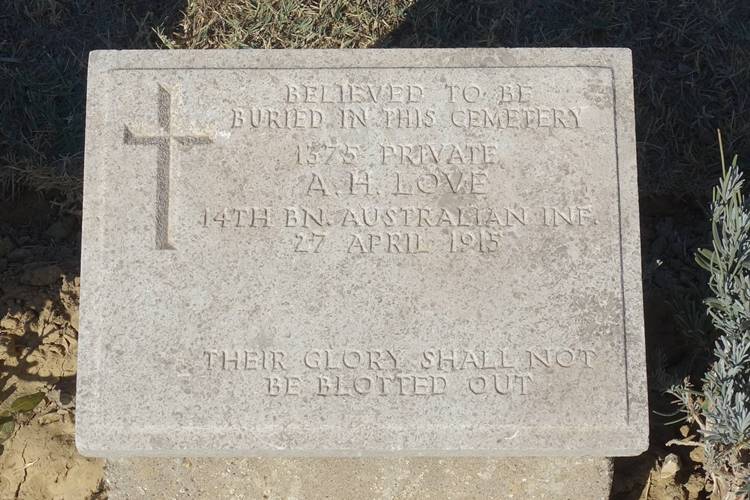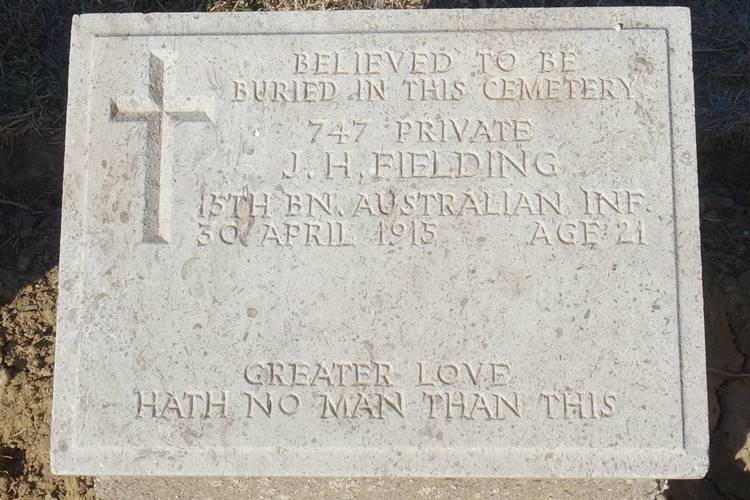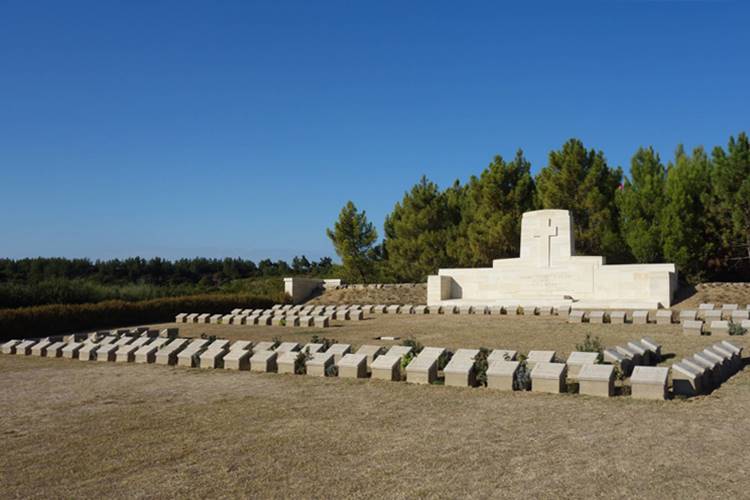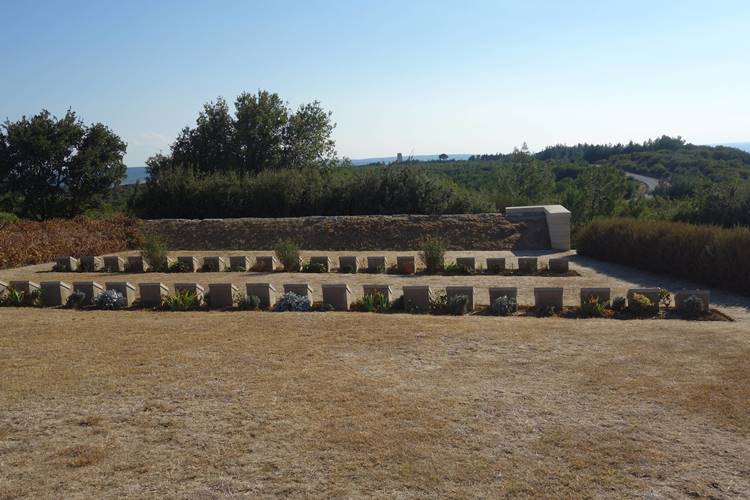This article is about the Quinn’s Post Cemetery, ANZAC and is one of a number of articles I have written about Gallipoli. I have also written guides to help you research soldiers who served in the British Army during the First World War:
Quinn’s Post Cemetery, ANZAC
The Quinn’s Post Cemetery, ANZAC contains the graves of 473 Commonwealth servicemen who died during the Gallipoli Campaign. There are 294 unidentified burials in the cemetery and 64 special memorials to soldiers believed to be among them. The Quinn’s Post Cemetery, ANZAC was created after the war by concentrating burials in the surrounding area including Pope’s Hill Cemetery. The area in which Quinn’s Post Cemetery is located was captured on 25 April 1915, the day of the landings, and was the scene of bloody fighting throughout the campaign. The post was named after Major Hugh Quinn, 15th Battalion, Australian Imperial Force who was killed there on 29 May 1915. Major Quinn is buried in the Shrapnel Valley Cemetery near the Lone Pine Memorial.

In reply to your memorandum of the 27th April last you are advised that the only information regarding Fielding is to the effect that he was originally buried at Quinn’s Post.
Our troops sustained heavy casualties there and a representative of this unit who has just returned from Gallipoli gives me to understand that scarcely any of the personnel killed and buried in the vicinity of Quinn’s Post were identified; furthermore all the graves in Quinn’s Post Cemetery are of ”unknown”.
In the circumstances it is regretted that no hope can be held out for the location and identification of Pte. Fielding’s remains.
You can read more about Private Fielding by clicking here: Private John Howard Fielding’s Service Record. Below is the view from Quinn’s Post Cemetery, ANZAC looking towards Lone Pine Memorial which can just be seen on the horizon in the centre of the photograph. Remains of ANZAC trenches can be seen to the right of the road among the trees.


